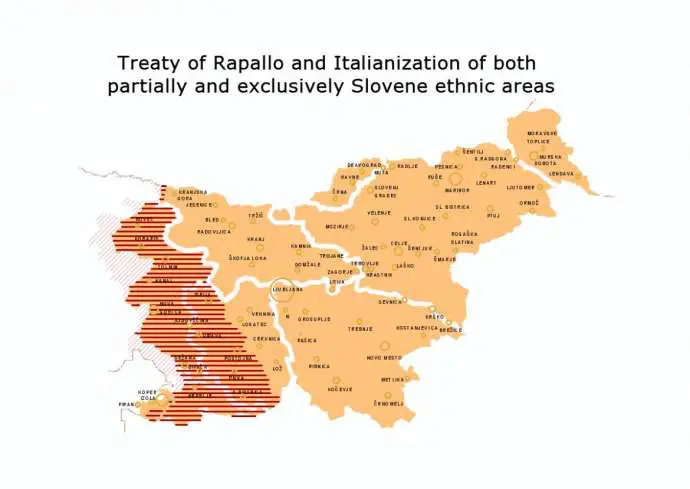STA, 11 September 2021 - The main ceremony remembering the return of the western Primorska region to the homeland was held in Idrija, west of Ljubljana, on Saturday. The event also marked 74 years since the implementation of the Paris Peace Treaty under which Primorska was reunited with Slovenia after being under Italian rule since the end of WWI.
The keynote speaker at the ceremony ahead of the 15 September holiday was a young scientist from Idrija who lives in the US, Nina Leskovec.
Idrija Mayor Tomaž Vencelj said it was important this year's ceremony was held in Idrija, which has been an important part of Primorska for half a century and made the region richer with its natural beauty, heritage and successful economy.
The cultural programme in Idrija's central square presented the life and work of Črtomir Šinkovec (1914-1983), a partisan, poet, journalist and editor from Vojsko pri Idriji, and concluded with Primorska Rising, the region's informal anthem.
President Borut Pahor told the press after the show that this song was what connected the region's people in rebellion, and connected them in standing up to occupying forces in WWII.
"Perhaps other people in Slovenia find it difficult to understand that almost all people of Primorska perceive the red star differently. At the time it was a symbol of resistance. After the war crimes did occur under it, but this symbol of resistance cannot be taken away from the people of Primorska," he said.
The president said it was necessary to live together in harmony and understand each other. "I think there is enough space for everyone to live together, but this era being what it is, we have to make an effort."
While all Slovenian people were part of the Austro-Hungarian Empire until World War One, the western region of Primorska became part of Italy after the war.
The Paris peace conference ended in 1919 with no solution to the border issue between Italy and the newly-emerged Kingdom of Serbs, Croats and Slovens, Yugoslavia's predecessor.
Then, under the 1920 Rapallo Treaty, Italy got what is roughly referred to as Primorska, including the cities of Trieste and Gorizia, Vipava and Soča Valleys, Kras, Istria and parts of the Notranjska region.
The area remained under Italy, or under Nazi Germany after its 1943 capitulation, until the end of WWII, when Istria and Trieste were occupied by Yugoslav Partisans, while the western part of Primorska was taken by the allies.
The allies made the Partisans retreat in June 1945, dividing the area into two zones, one under the allied command and the other under the Yugoslav military administration.
The 1947 Paris Peace Treaty brought a compromise, giving Yugoslavia a large part of the areas it wanted to have under its administration, including around Gorizia and Trieste.
As a result, the majority of Primorska people were brought under Yugoslavia after suffering under Fascism for more than 20 years and then briefly under Nazi Germany.
Nevertheless, an estimated 140,000 Slovenians remained outside Yugoslavia's borders, as the peace treaty gave Italy Gorizia, Resia, Benečija and Val Canale.
Day of Return of Primorska to the Motherland, evoking the implementation of the Paris Peace Treaty, has been celebrated since 2005, being introduced under the Janez Janša government, although not as a work-free day.






